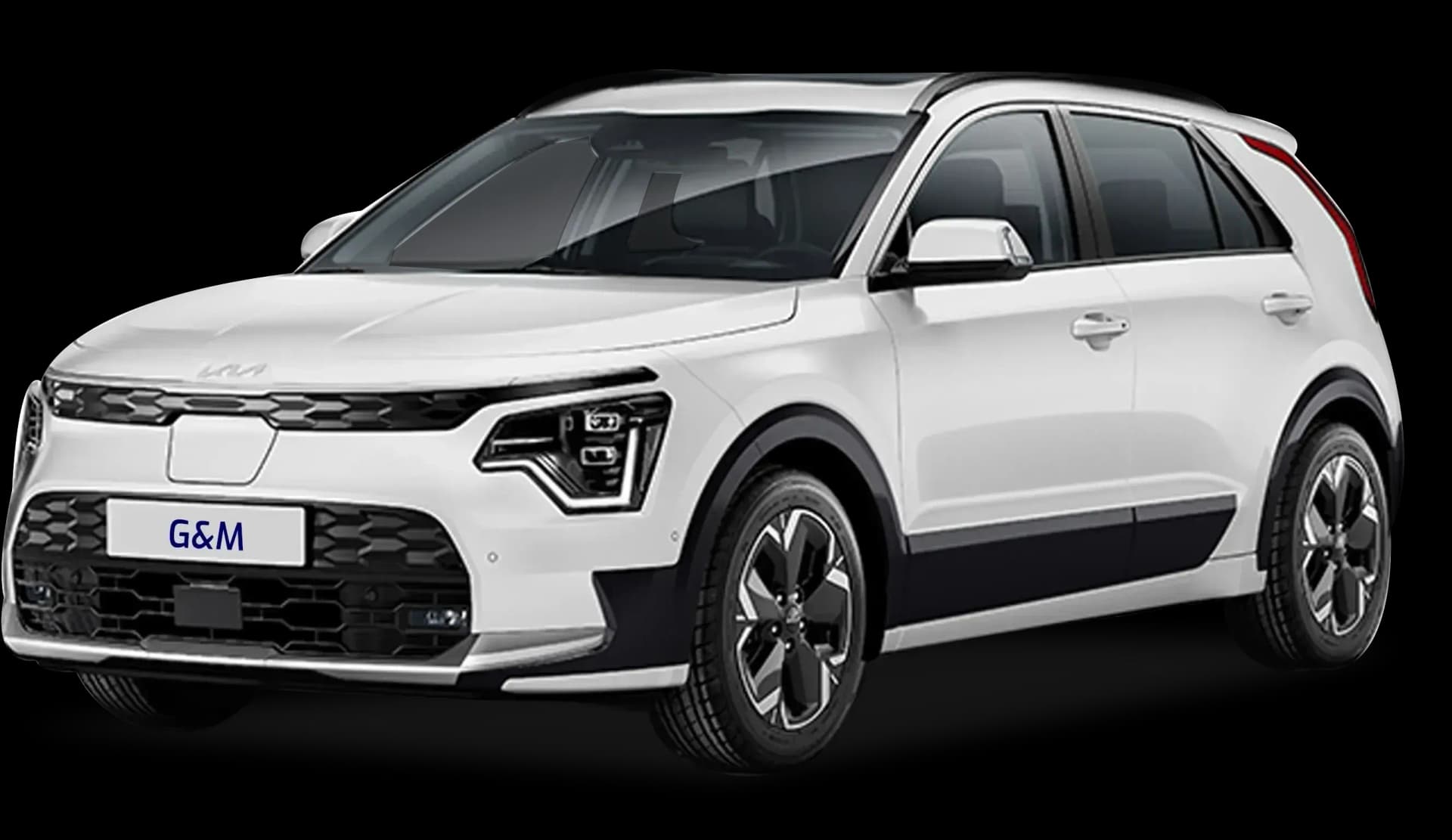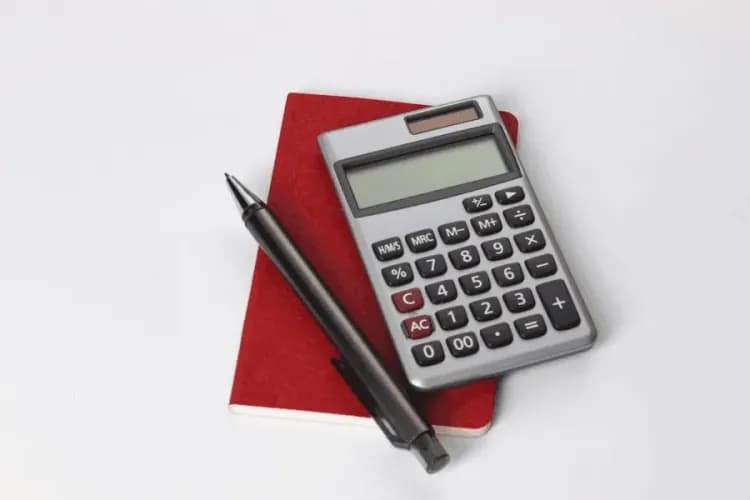 PCO Blog
PCO BlogShare this on
EV & Hybrid Taxi Rentals
Short contract PCO Hybrid & EV cars to hire
- Short 4-weeks contracts
- Call us and collect a car same day
- Hybrid and EV cars available
- Start earning with Uber today

How much would a taxi cost for 5 miles in the UK?
Every taxi journey starts with a base fare.

In cities like London, this typically ranges from £8.40 to £12.80 per mile, while smaller towns may have lower starting rates. After the base fare, taxi meters calculate the cost per mile.
RELATED: Use our New London Taxi Fare Calculator
Across the UK, the average cost per mile sits between £1.50 and £3.00, depending on region and time of day.
For a 5-mile trip, meter charges alone can account for £7.50 to £15.00 before any extra costs apply.
Common Additional Charges
- Multiple passengers: Some taxi companies add 50p to £2 per extra passenger beyond the first.
- Luggage fees: Taxis in airport areas or city centres sometimes charge £1 per large bag.
- Booking fees: Apps or phone bookings can include a surcharge of £1 to £3.
- Night and weekend rates: Late-night or Sunday fares can be 1.5x the standard rate, increasing a 5-mile trip cost significantly.
Expected Total Cost for a 5-Mile Taxi Ride
By combining the base fare with mileage rates, a standard 5-mile taxi journey typically costs between £8 and £19. Additional fees for luggage, passengers, or night-time travel can push that total higher. Passengers using ride-hailing apps may see dynamic pricing apply during peak hours, increasing costs by 20-50% compared to standard taxi rates.Taxi fares in the UK vary by location, but major cities provide a useful benchmark.
London, Manchester, Birmingham, and Glasgow each set different pricing structures based on local council regulations, traffic conditions, and demand patterns.
Rates are typically calculated using a base fare plus a charge per mile.
Current Average Rates for Taxis in Major UK Cities
Fare structures fluctuate depending on location and time of day. Here’s a breakdown of the estimated cost per mile in key cities:
- London: £8.40 – £12.80 per mile
- Manchester: £2.61 – £3.50 per mile
- Birmingham: £2.33 – £3.50 per mile
- Glasgow: £2.10 – £2.90 per mile
These rates reflect standard metered fares before any surcharges or additional costs, such as late-night tariffs or waiting charges, are applied.
Example Cost for a 5-Mile Taxi Trip
Applying these rates to a 5-mile journey produces different fare estimates depending on the city:
- London: £20 – £26
- Manchester: £10 – £15
- Birmingham: £9 – £14
- Glasgow: £8 – £12.50
- Liverpool: £9 – £14
- Leeds: £9 – £13.50
- Sheffield: £8.50 – £13
- Edinburgh: £9 – £14
- Bristol: £10 – £15
- Nottingham: £9 – £14
- Cardiff: £8.50 – £13.50
- Newcastle: £9 – £14
- Southampton: £9 – £14
- Leicester: £8.50 – £13
A journey between two locations in central London typically reaches the upper end of the scale due to traffic congestion, while fares in smaller cities or suburban areas remain lower.

Factors Affecting Taxi Costs in the UK
Taxi fares fluctuate based on several variables. Understanding these factors allows drivers to set competitive rates while ensuring profitability.
Time of Day and Peak Time Surcharges
Fare variations depend heavily on the time of travel. Late-night and early-morning trips attract higher charges, particularly between 10 PM and 6 AM. Licensed taxis in cities like London and Manchester apply peak-hour surcharges to rides during busy periods, typically around rush hour.
Weekend nights also see increased pricing, especially in areas with busy nightlife. Public holidays trigger elevated rates as well. Bank holidays and New Year's Eve, for instance, cause notable fare increases due to higher demand and limited driver availability.
Driver’s Experience and Service Levels
Experience affects earnings potential. Skilled drivers with deep knowledge of local routes minimise delays and optimise travel paths, leading to quicker rides and potentially higher customer satisfaction. London’s black cab drivers, for example, complete "The Knowledge" exam, requiring a detailed understanding of the city’s roads. Their expertise often justifies higher fares.
Providing excellent customer service, such as helping with luggage or maintaining a clean vehicle, increases passenger loyalty. Repeat business and word-of-mouth recommendations translate into more bookings and higher overall earnings.
The Type of Taxi: Black Cab, Minicab, or Ride-Hailing Service
- Black Cabs: Traditional metered taxis found in cities like London, Glasgow, and Manchester. They have set tariffs regulated by local councils, with pricing structured around distance and time. Costs can be higher than alternative services, especially for short trips.
- Minicabs: Pre-booked private hire vehicles offering flexible pricing. Unlike black cabs, they do not operate with a meter but instead provide fixed fares arranged before the journey. Prices can be lower for longer trips but may vary based on demand.
- Ride-Hailing Services: Companies like Uber and Bolt use dynamic pricing models. Fares fluctuate based on demand, with surge pricing activating during peak hours or high-demand periods. While this approach often benefits drivers by increasing per-trip earnings, passengers may find costs unpredictable.
- Uber Rides: Uber fares vary based on city, time of day, and demand. On average, a 5-mile Uber journey costs: ➛ London: £10 – £16➛ Manchester: £7 – £12➛ Birmingham: £6 – £11➛ Glasgow: £6 – £10
Each taxi type serves different markets. Black cabs appeal to passengers seeking immediate street-hail options, whereas minicabs cater to pre-arranged travel. Ride-hailing apps attract tech-savvy passengers willing to accept variable pricing in exchange for convenience.

Comparing Taxi Fares with Other Modes of Transportation in the UK
Public Transport vs. Taxi for a 5-Mile Journey
Covering a 5-mile distance in the UK can vary significantly in cost, depending on the transport mode. A taxi ride typically costs between £12 and £20, influenced by location, time of day, and specific local fare structures. Public transport options like buses and trains offer lower prices but come with trade-offs in convenience and speed.- Bus: A single adult fare on a local bus averages between £2 and £3, depending on the city and operator. However, journey times are longer due to multiple stops and potential delays.
- Train: A standard off-peak train ticket for a short journey varies between £3 and £6. While faster than buses, reaching the nearest station and waiting for scheduled departures adds to total travel time.
Time, Comfort, and Convenience Factors
Beyond cost, the overall experience of a journey matters. Taxis offer a door-to-door service, reducing travel time and eliminating waiting periods. A 5-mile taxi trip in most urban areas takes around 10 to 15 minutes, whereas the same distance by bus or train frequently exceeds 30 minutes, considering walking distances and waiting times.
- Time Efficiency: Taxis minimize delays by avoiding fixed schedules and making direct routes possible.
- Comfort: Unlike crowded buses or trains, taxis provide a private space, climate control, and luggage accommodation.
- Flexibility: Public transport operates on fixed timetables, while taxis are available on demand, catering to spontaneous travel.
How Cycling Compares for the Same Distance
Cycling offers a cost-effective alternative with minimal expenses beyond bicycle maintenance. The average cyclist covers 5 miles in 20 to 30 minutes, making it slower than a taxi but often faster than public transport, especially in cities with dedicated cycling lanes.While cycling is free of fuel and fare costs, weather conditions and physical effort can be limiting factors. Carrying luggage and navigating traffic-heavy routes also pose challenges, particularly for those commuting with work attire or equipment.
Which Option Suits Different Needs?
- For cost-conscious passengers, buses or trains provide the cheapest fares but extend travel time.
- For speed and door-to-door service, taxis remain the most efficient but at a higher price.
- For flexible and active commuters, cycling offers savings and independence but requires physical effort.
Each choice balances cost, convenience, and speed differently, making suitability dependent on individual priorities.

Tips for Estimating Taxi Fares Before a Trip
Ask the Driver or Taxi Company for an Estimated Fare
Taxi drivers and companies can provide fare estimates before the journey begins. Many licensed operators offer fixed rates for common routes, while others calculate fares based on distance and time. Requesting a quote in advance eliminates uncertainty and helps with budgeting.
Research Average Costs in the Area
Local taxi rates vary by city and region. Checking fares in advance offers a clear expectation of costs. Many council websites and transport forums publish standard pricing structures. Ride-hailing platforms and taxi booking services also display fare estimates based on location.
Consider Traffic Patterns and Potential Delays
Taxi meters calculate fares by combining distance and time. Congestion increases total ride costs, especially in major urban areas. Peak hours, roadworks, and events significantly affect travel times. Estimating journey duration based on traffic conditions helps predict final fares.
- Morning and evening rush hours lead to longer waiting times at traffic signals.
- Weekend nights often see increased congestion, particularly in entertainment districts.
- Alternative routes may reduce delays, but some may add distance, impacting costs.
Factoring in these elements allows for a more accurate approximation of the final fare.
Taxi Fare Calculators and Apps
Reliable Fare Estimators for UK Taxi Journeys
Several digital tools provide accurate taxi fare estimates, helping drivers and passengers plan journeys with confidence. These apps use real-time data, local tariff charts, and traffic conditions to give an estimate aligned with actual fares. Popular options in the UK include:
- TaxiFareFinder – Uses local fare structures to generate estimates for a specified distance.
- Uber Fare Estimator – Calculates fares based on Uber's dynamic pricing, considering surge pricing.
- Numbeo Taxi Price Calculator – Offers a crowd-sourced average fare based on user data from different UK cities.
- Taxi Price Compare - Comparing quotes from 1000s of taxi companies in seconds.















